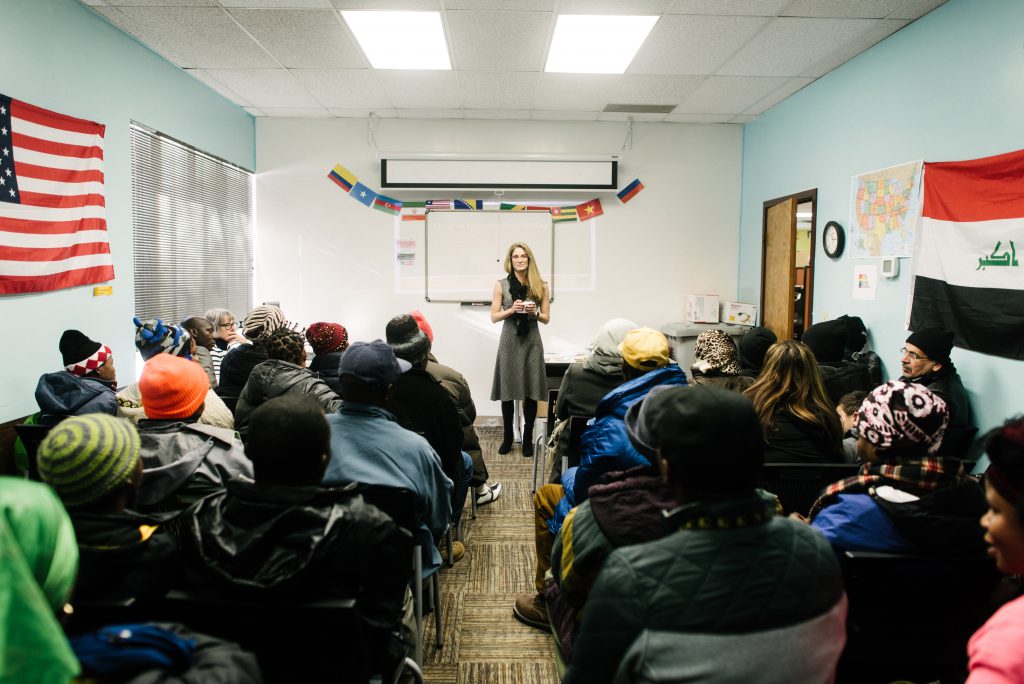
Afghans arriving to the United States as a part of Operation Allies Welcome are undergoing a different resettlement process than refugees resettled through the United States Refugee Admissions Program (USRAP). To help you be effective in your delivery of Cultural Orientation, CORE identified the following key points of guidance and resources.
Guidance:
- Stay up-to-date and in communication with members of your office and national Resettlement Agency. Operation Allies Welcome is an unprecedented initiative. As the response continues, it also evolves. Cultural Orientation is currently not provided at the Safe Havens to all departing Afghans. This means that Afghan arrivals to your local resettlement offices will require information to manage expectations and ensure success in their new communities.
- Identify which Cultural Orientation topics and key messages are best delivered to all clients or individually. As you provide Cultural Orientation to clients that are enrolled in either the Reception and Placement program or the Afghan Placement and Assistance program, key messages across certain topics may vary. For example, Parole Status is a topic unique for Afghan Placement and Assistance clients and may be best covered in an Afghan-only Cultural Orientation session or one-on-one.
- Utilize a Whole-Office Approach to reinforce and repeat key Cultural Orientation messages during the resettlement journey. Identify which staff member, volunteer, or community partners are best equipped to deliver, review, and repeat specific Cultural Orientation topics and their key messages. You can review CORE’s list of touchpoints to identify opportunities to deliver or repeat Cultural Orientation messaging.
- Use a strengths-based and trauma-informed approach, particularly for topics like cultural adjustment and U.S laws. Avoid making assumptions about clients’ response to stress and the cultural adjustment journey. A best practice would be to hold separate Cultural Orientation sessions for men and women to allow space for clients, especially women, to learn more about their rights and feel safe to share freely. Learn more in CORE’s Effective Practice: Delivering Gender-Segregated Cultural Orientation Sessions.
- Create a positive learning environment to establish trust. This includes practicing active listening, being honest and clear about what you can and can’t do for them, and sharing language-specific resources. Applying these strategies can give clients agency to access information and ask more questions. It can also help with managing misinformation. Learn more about Creating a Positive Learning Environment and other techniques for Cultural Orientation.
Resources:
- CORE Webinar: Cultural Orientation for Afghan Arrivals
- Afghan Placement and Assistance Cultural Orientation Objectives and Indicators
- Activity Bank, including new activities for Parole Status
- CORE: Afghan Backgrounder and Switchboard Webinar: Who are the Afghan Newcomers? Understanding the Background and Socio-cultural Strengths and Needs of Afghan Evacuees to the United States
- In-language resources: CORE Resettlement Navigator (Dari), Settle In app (Dari), YouTube Playlists (Dari and Pashto), Settle In Facebook (Dari and Pashto)


